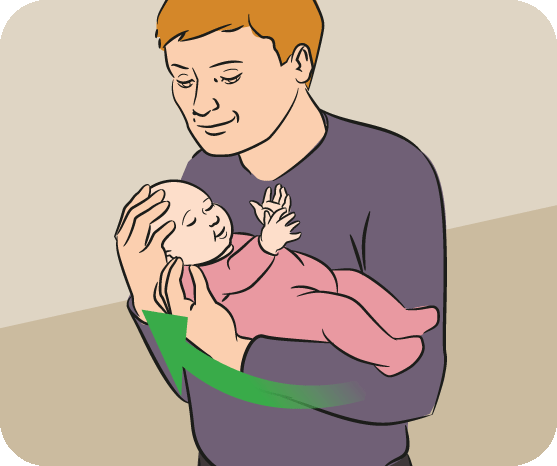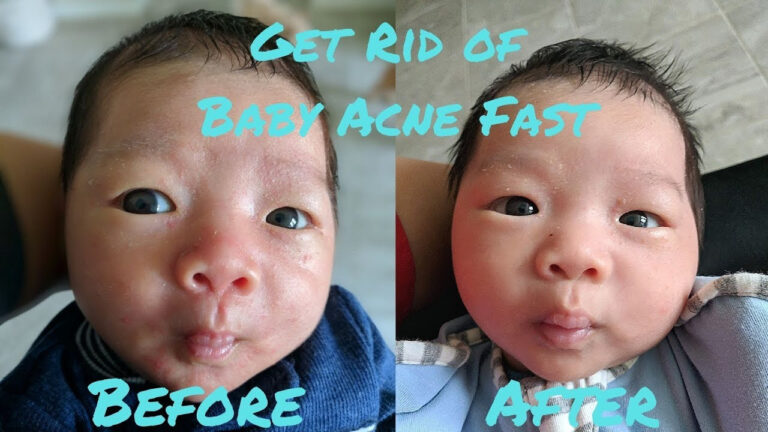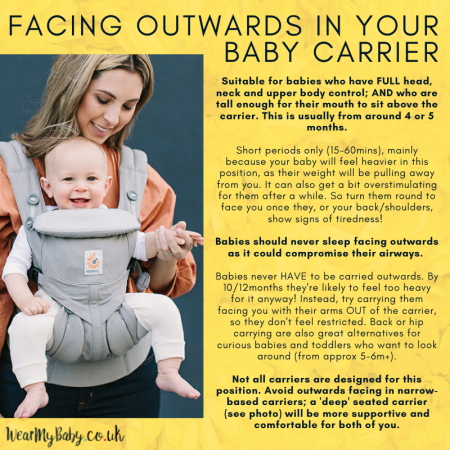The Best Pack and Play: A Comprehensive Guide for Parents
As parents, we want the best for our little ones, and that includes providing them with a safe and comfortable place to sleep, play, and grow. Pack and plays are a great option for parents who need a portable and versatile solution for their child’s needs. But with so many different pack and plays on the market, it can be hard to know which one is right for you.
In this guide, we’ll discuss the key features to look for in a pack and play, the different types and styles available, and the importance of safety considerations. We’ll also provide tips on choosing the right accessories and add-ons, and how to properly maintain your pack and play. By the end of this guide, you’ll be able to make an informed decision about which pack and play is best for your family.
Product Features
Pack and plays are portable cribs designed to provide a safe and comfortable sleeping space for babies and toddlers. They are often used for travel or as a secondary sleeping option in the home. The best pack and plays offer a combination of safety, convenience, and durability.
When choosing a pack and play, there are several key features to consider:
Safety Features
- Sturdy construction: The pack and play should be made of durable materials that can withstand regular use. The frame should be sturdy and the fabric should be tear-resistant.
- Secure locking mechanism: The pack and play should have a secure locking mechanism that prevents the sides from collapsing accidentally.
- Non-toxic materials: The pack and play should be made of non-toxic materials that are safe for babies to chew on.
Convenience Factors
- Easy to assemble and disassemble: The pack and play should be easy to assemble and disassemble without the need for tools.
- Compact size: The pack and play should be compact enough to fit easily in a car or closet when not in use.
- Carry bag: The pack and play should come with a carry bag for easy transport.
Durability
- Long-lasting materials: The pack and play should be made of materials that will last for several years.
- Washable fabrics: The fabrics in the pack and play should be washable to keep it clean and sanitary.
- Warranty: The pack and play should come with a warranty that covers defects in materials and workmanship.
Types and Styles
Pack and plays come in a variety of designs, sizes, and functionalities to suit different needs. Let’s break down the main types and styles:
Basic Pack and Plays
These are the most common type, featuring a simple frame with a bassinet level for newborns and a playard level for older babies. They’re lightweight and portable, making them great for travel or small spaces.
Deluxe Pack and Plays
These offer more features than basic models, such as built-in changing tables, storage pockets, and canopies. They’re ideal for parents who want a more convenient and feature-rich option.
Travel Pack and Plays
These are ultra-compact and lightweight, designed for easy transportation. They’re perfect for families who travel frequently or have limited space.
Playard Only
These don’t include a bassinet level, making them suitable for older babies and toddlers who no longer need a dedicated sleeping space. They offer more play space and can be used both indoors and outdoors.
Pop-Up Pack and Plays
These feature a unique design that allows them to be set up and folded down in seconds. They’re great for quick and easy use, such as at the park or a friend’s house.
Which Style Is Right for You?
The best type of pack and play for you depends on your individual needs and preferences. Consider the following factors:
- Age and stage of your baby: Bassinet levels are essential for newborns, while playard levels are suitable for older babies and toddlers.
- Portability and size: Travel pack and plays are ideal for frequent travel, while deluxe models offer more features but may be bulkier.
- Features and functionality: Consider features like changing tables, storage pockets, and canopies based on your convenience needs.
- Budget: Pack and plays vary in price, so determine a budget before making a decision.
Materials and Construction
The materials used in pack and plays greatly impact their durability, breathability, and ease of cleaning. Consider your specific needs when choosing materials to ensure you select the best pack and play for your baby.
Frame Materials
The frame of a pack and play is typically made from metal or plastic. Metal frames are more durable and sturdy, but they can be heavier and more difficult to fold. Plastic frames are lighter and easier to fold, but they may not be as durable as metal frames.
Fabric Materials
The fabric of a pack and play is typically made from mesh, nylon, or canvas. Mesh is breathable and allows for airflow, which is important for keeping your baby cool and comfortable. Nylon is durable and easy to clean, but it can be less breathable than mesh. Canvas is a sturdy and durable material, but it can be more difficult to clean than mesh or nylon.
Safety Considerations
:max_bytes(150000):strip_icc()/prt-pack-n-plays-test-4moms-breeze-plus-playard-jjuliao-1684-1-4212bf3da3284b098b100a33b952bbde.jpeg?w=700)
Essential Safety Features
When selecting a pack and play, look for models that offer crucial safety features, including:
- Sturdy frame: The frame should be stable and able to support your baby’s weight without wobbling or collapsing.
- Locking mechanism: The playard should have a secure locking mechanism that prevents it from folding up unexpectedly.
- Mesh sides: Mesh sides provide ventilation and allow you to see your baby clearly.
- Firm mattress: The mattress should be firm enough to support your baby’s back and prevent suffocation.
- Anti-tip legs: Anti-tip legs help prevent the playard from tipping over if your baby climbs on the sides.
Safety Standards and Certifications
Look for pack and plays that meet safety standards set by reputable organizations, such as:
- ASTM International (ASTM): ASTM F406 is the safety standard for portable cribs and playards.
- Juvenile Products Manufacturers Association (JPMA): JPMA certification indicates that the product meets or exceeds ASTM safety standards.
Potential Hazards and Safe Usage Tips
To ensure safe usage, be aware of potential hazards and follow these tips:
- Never leave your baby unattended in the pack and play: Always supervise your baby while they are in the playard.
- Do not use the pack and play as a crib: Pack and plays are not intended for overnight sleep and should only be used for supervised naps or playtime.
- Keep the playard away from hazards: Place the playard away from windows, stairs, and other potential hazards.
- Check the playard regularly: Inspect the playard for any loose parts or damage before each use.
Accessories and Add-Ons
Pack and plays can be enhanced with a range of accessories and add-ons, designed to make them even more practical and versatile. These accessories can provide additional functionality, such as creating a more comfortable sleeping environment for your little one or making diaper changes easier.
Common accessories include:
- Bassinet attachments: These attachments provide a raised and secure sleeping space for newborns, keeping them close to you while providing a separate sleeping area.
- Changing tables: Changing tables can be attached to the side of the pack and play, providing a convenient and safe place to change your baby’s nappy.
- Toy bars: Toy bars can be attached to the top of the pack and play, providing entertainment and stimulation for your baby.
When choosing accessories for your pack and play, consider your baby’s age and needs. For example, a bassinet attachment is a good choice for newborns, while a changing table is more useful for older babies.
Maintenance and Care
Proper care and maintenance of your pack and play is essential to ensure its longevity and safety for your little one. Here are some guidelines to follow:
Cleaning and Maintenance
Regular cleaning is crucial to maintain hygiene and prevent the spread of germs. The frequency of cleaning depends on the usage and environment. For everyday use, aim to clean the pack and play every week or two. For occasional use, monthly cleaning should suffice.
Use a mild detergent and warm water to clean the fabric surfaces. Avoid harsh chemicals or bleach, as these can damage the material. For metal or plastic parts, wipe them down with a damp cloth. After cleaning, allow all components to dry thoroughly before reassembling.
Storage and Transportation
When not in use, store the pack and play in a cool, dry place, away from direct sunlight. This will help prevent fading and damage to the materials. If possible, store it in its original packaging to protect it from dust and dirt.
When transporting the pack and play, ensure it is securely fastened in your vehicle. Avoid overloading it, as this can put excessive strain on the frame and cause damage. If you need to transport it long distances, consider using a protective cover to shield it from the elements.
FAQ Section
What are the most important features to look for in a pack and play?
The most important features to look for in a pack and play are safety, durability, and convenience. Make sure the pack and play meets all applicable safety standards, and that it is made from durable materials that will withstand regular use. You’ll also want to choose a pack and play that is easy to set up and take down, and that has features that make it convenient to use, such as a changing table or bassinet attachment.
What are the different types of pack and plays available?
There are several different types of pack and plays available, including traditional pack and plays, playards, and travel cribs. Traditional pack and plays are the most common type, and they offer a variety of features, such as a changing table, bassinet, and playard. Playards are similar to pack and plays, but they are smaller and more portable. Travel cribs are the most compact type of pack and play, and they are ideal for travel.
How do I choose the right pack and play for my child?
When choosing a pack and play for your child, consider your child’s age, size, and needs. If you have a newborn, you’ll need a pack and play with a bassinet attachment. If you have a toddler, you’ll need a pack and play that is large enough for them to move around and play in. You’ll also want to consider the features that are important to you, such as a changing table or toy bar.





